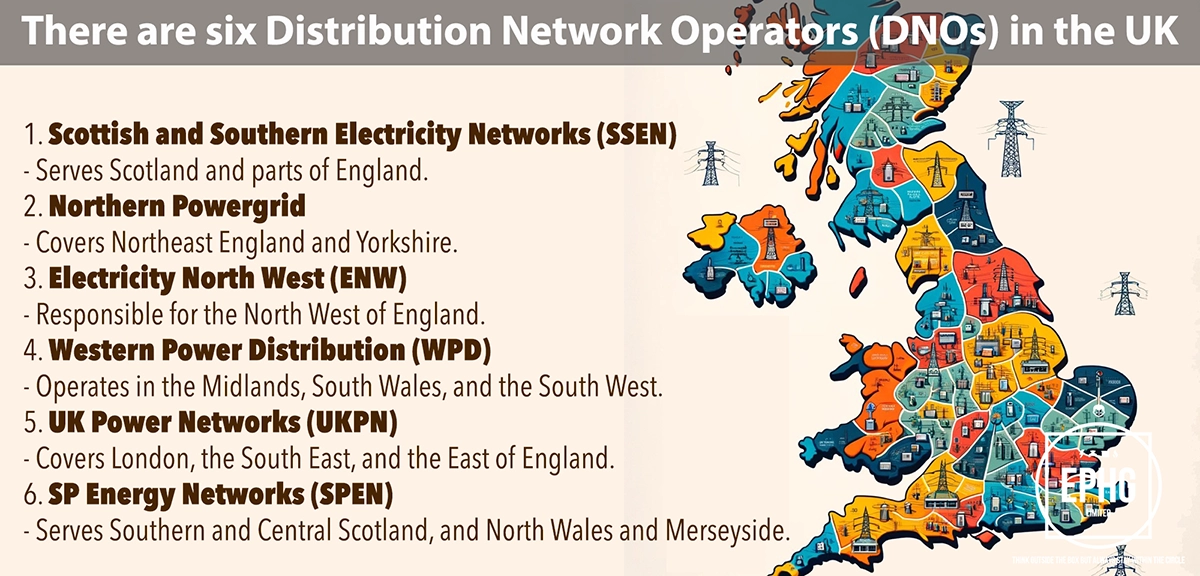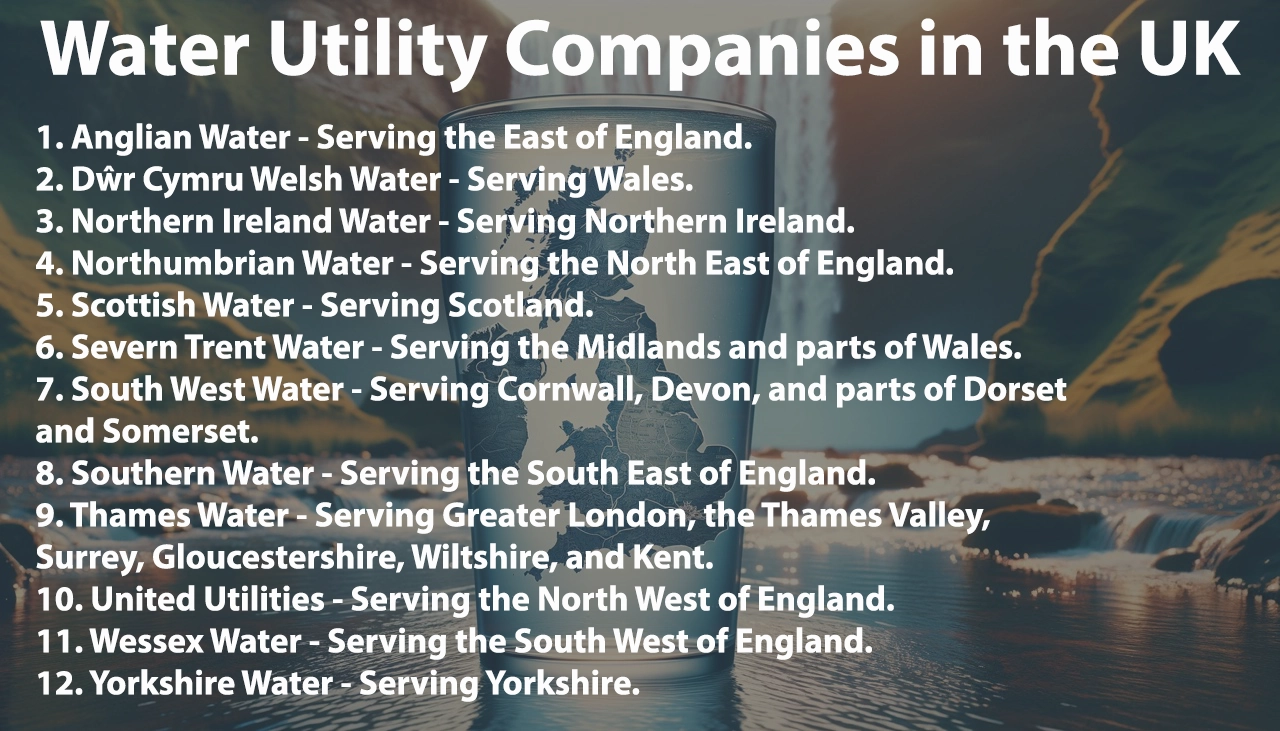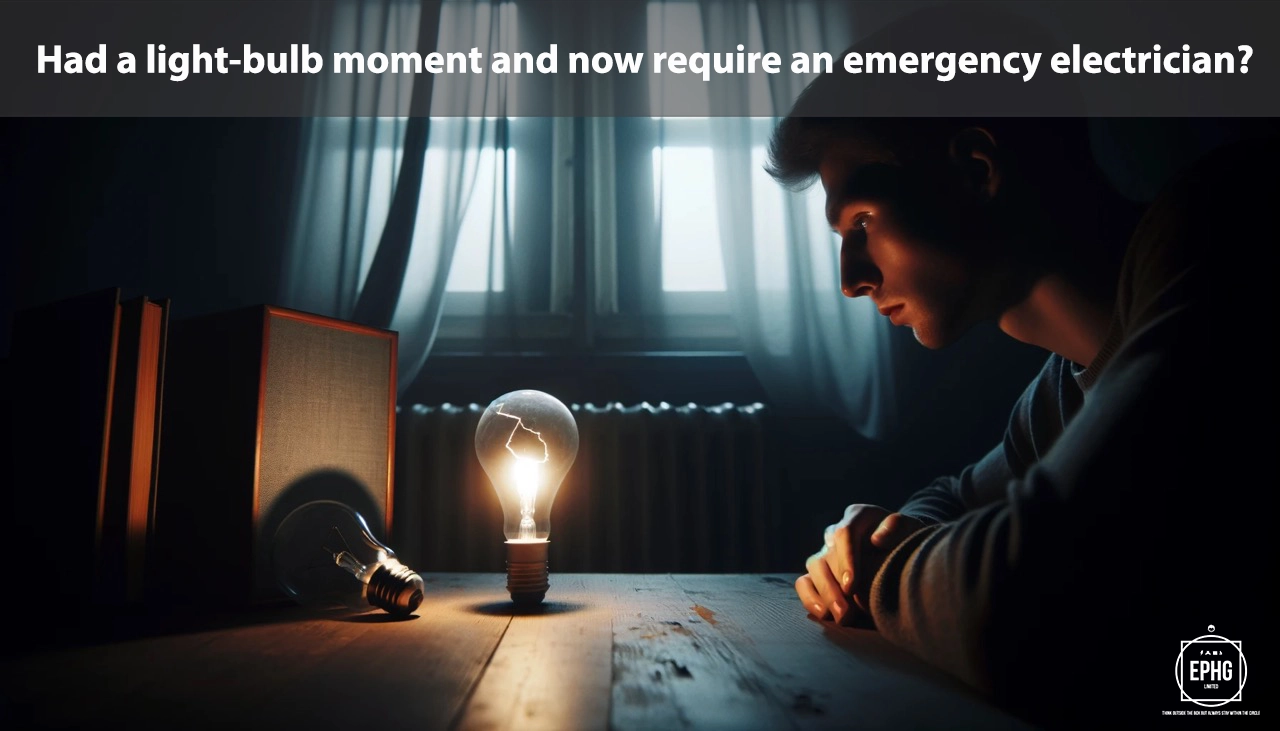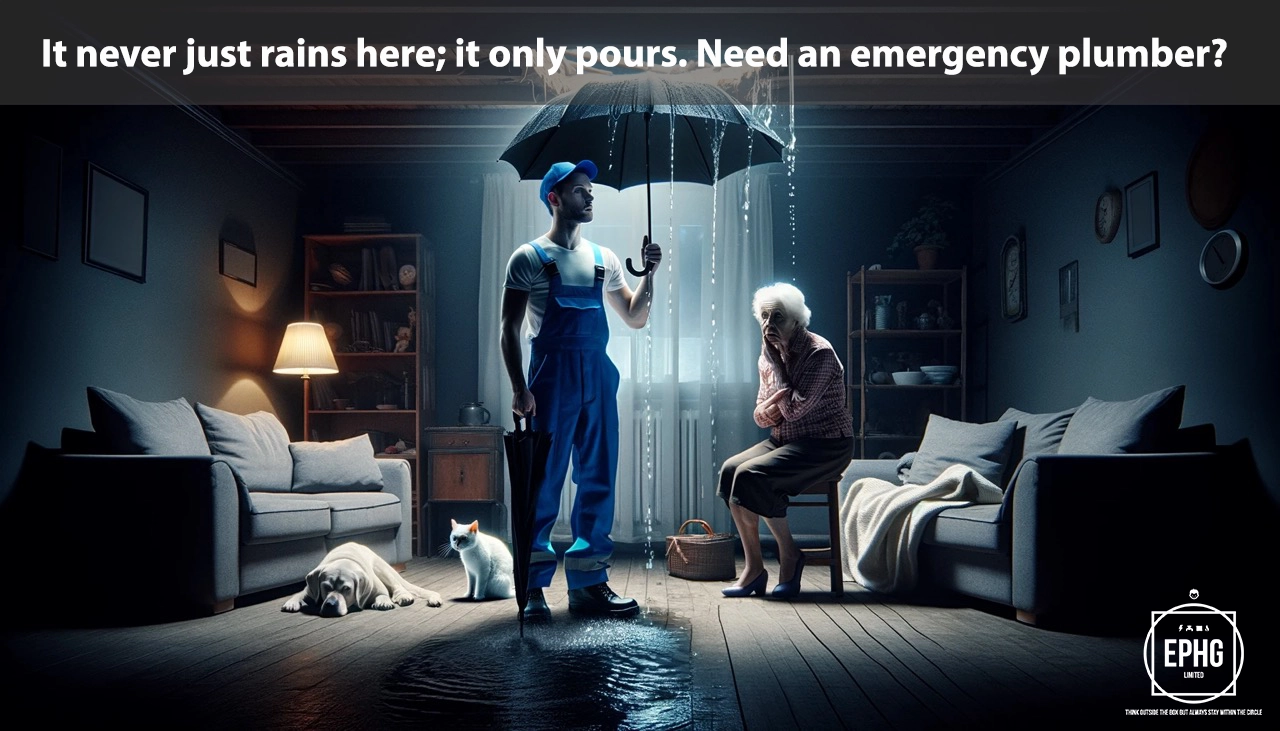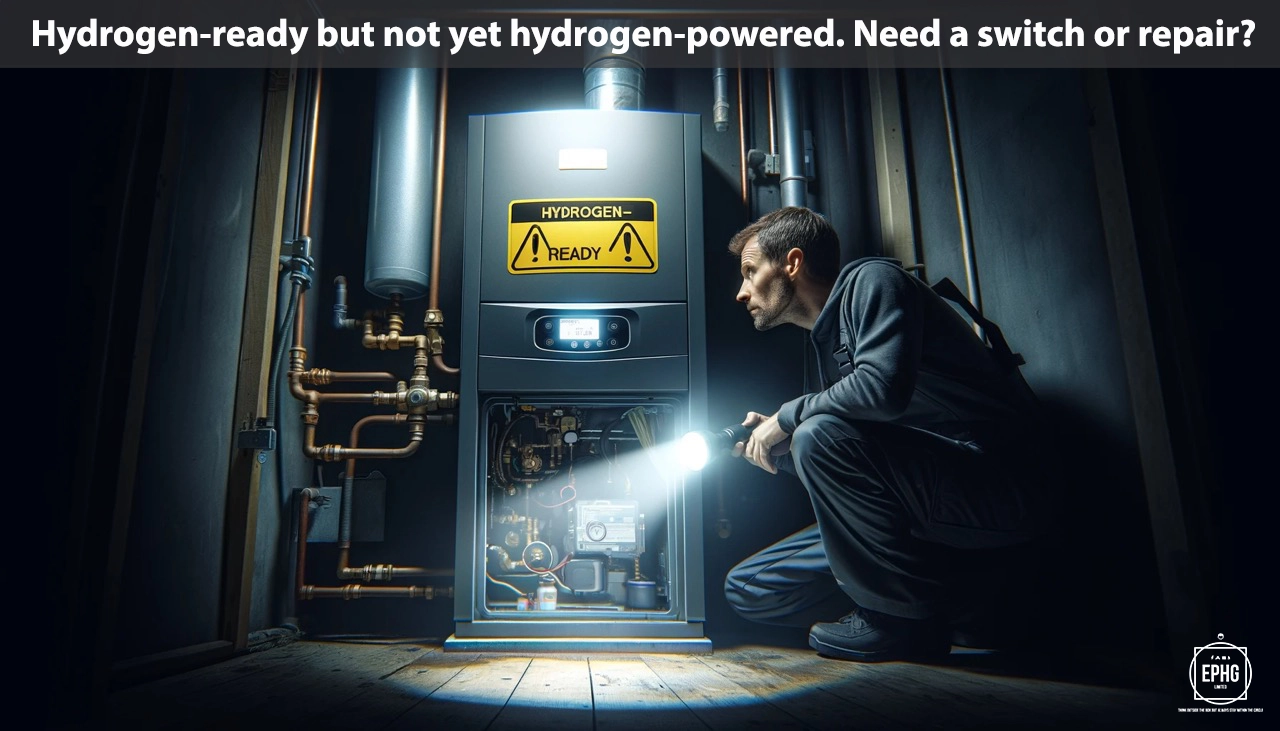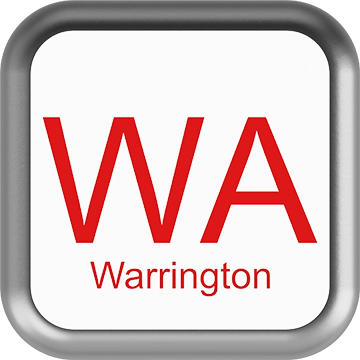
WA Postcodes for Utilities & Services in Warrington and Surrounding Areas
Introduction: The WA postcode area, covering Warrington, Altrincham, Runcorn, and their surrounding locales, offers a window into the diverse utility and service landscape of this dynamic region. This guide aims to provide insightful details on water & electricity supply, among other essential utilities, serving both residents and visitors.
Water in the WA Postcode Area
What are the primary water sources in the WA postcode area, and how is water scarcity addressed?
In the WA postcode area, water supply largely comes from the River Mersey, augmented by smaller tributaries such as the River Bollin and the River Weaver. These rivers provide the region with a consistent supply of quality water, which is then treated in local facilities to meet strict safety standards before distribution. Despite the general reliability of water provision, the area is not immune to the challenges posed by climate change, including the risk of drought and the increasing demands of a growing population. Local authorities and water companies actively monitor the situation, implementing water conservation initiatives and upgrading infrastructure to ensure sustainability. Residents are encouraged to partake in water-saving measures, contributing to the region’s resilience against potential shortages.
How does the hardness and quality of water in the WA area affect residents?
The water in the WA postcode area tends to be moderately hard, primarily because it flows through limestone and chalk deposits. This results in higher levels of calcium and magnesium, contributing to the water’s hardness. While hard water can lead to scale buildup in household appliances, it is not harmful to health and can actually contribute beneficial minerals. The water quality in the region consistently meets rigorous health and safety standards, undergoing comprehensive testing to ensure it is free from harmful contaminants and pollutants. Local water providers and regulatory bodies work tirelessly to maintain these standards, ensuring the water remains safe and pleasant for all uses. Residents can rest assured that their water supply is not only reliable but also of excellent quality.
Utilities & Services in the WA Postcode: Spotlight on Warrington
Introduction: The WA postcode area, including Warrington, Altrincham, and Runcorn, features a unique blend of urban and rural landscapes, each with distinct utility and service needs. Warrington, as a central hub within this area, provides an interesting case study on managing utilities from water to electricity in a growing town.
Water Services in Warrington
How does Warrington secure its water supply, and are there concerns about scarcity?
Warrington's water supply is primarily sourced from the River Mersey, supplemented by smaller streams and underground reservoirs. The town's water infrastructure is robust, designed to accommodate its expanding population and industrial activities. Despite this, Warrington faces challenges similar to other regions, such as climate change and occasional dry spells, which can put pressure on its water resources. Local water services implement strict monitoring and conservation practices to manage supply efficiently. Residents are also encouraged to participate in water-saving measures to help sustain this essential resource.
What is the water quality like in Warrington, and how does it impact residents?
In Warrington, water quality is closely monitored to ensure safety and compliance with health standards. The water is moderately hard, typical of many areas in the UK, which can lead to limescale in appliances but is generally not harmful to health. Warrington’s water treatment facilities employ modern technologies to maintain high water quality, addressing any contaminants and ensuring the water is safe for all domestic and commercial uses. Residents can feel confident in the water's quality and its suitability for a range of uses from drinking to bathing.
Electricity Services in Warrington
What are the primary sources of Warrington's electricity, and what is the town's energy future?
Warrington's electricity supply is a mix of traditional and renewable sources, reflecting a national shift towards greener energy. The town benefits from the broader UK energy grid, which includes gas, nuclear, and a growing proportion of renewables like wind and solar power. Warrington itself has invested in solar energy projects and supports initiatives for energy efficiency among residents and businesses. The future of electricity in Warrington is geared towards sustainability, with continued investment in renewable energy and smart technology to reduce environmental impact and promote efficient energy use.
Is Warrington embracing green energy solutions, including hydrogen?
Warrington is actively exploring green energy solutions as part of its commitment to a sustainable future. The town is involved in regional discussions about the role of hydrogen energy, particularly in heating and transportation sectors. While the full implementation of hydrogen technologies is still on the horizon, Warrington is preparing through education, infrastructure development, and pilot projects. This proactive approach aims to position Warrington at the forefront of green energy innovation within the region.
Wastewater Management in Warrington
Warrington's approach to wastewater management is comprehensive, ensuring that the town’s growth does not compromise water quality or the environment. The wastewater treatment processes in Warrington are designed to handle increased demand while maintaining high standards of cleanliness and safety. The town’s facilities operate with state-of-the-art technology to treat and recycle wastewater, ultimately discharging clean water back into the River Mersey. This system not only supports public health and sanitation but also contributes to the overall sustainability goals of the town.
Regions and Services:
The WA postcode covers a dynamic range of environments, from the bustling market town of Warrington to the serene and rural outskirts. Key regions within this area include:
- Warrington: A central hub for utility and service innovation, Warrington leads with cutting-edge electrical and gas infrastructure, reflecting its status as a growing urban center.
- Altrincham, Runcorn, and Widnes: These towns blend historic charm with modern amenities, offering a mix of services that cater to their unique cultural and economic characteristics.
- Lymm, Frodsham, and Knutsford: Picturesque villages within the WA postcode, these areas are seeing an increase in sustainable solutions, such as solar panels and community recycling programs, enhancing their traditional utilities setup.
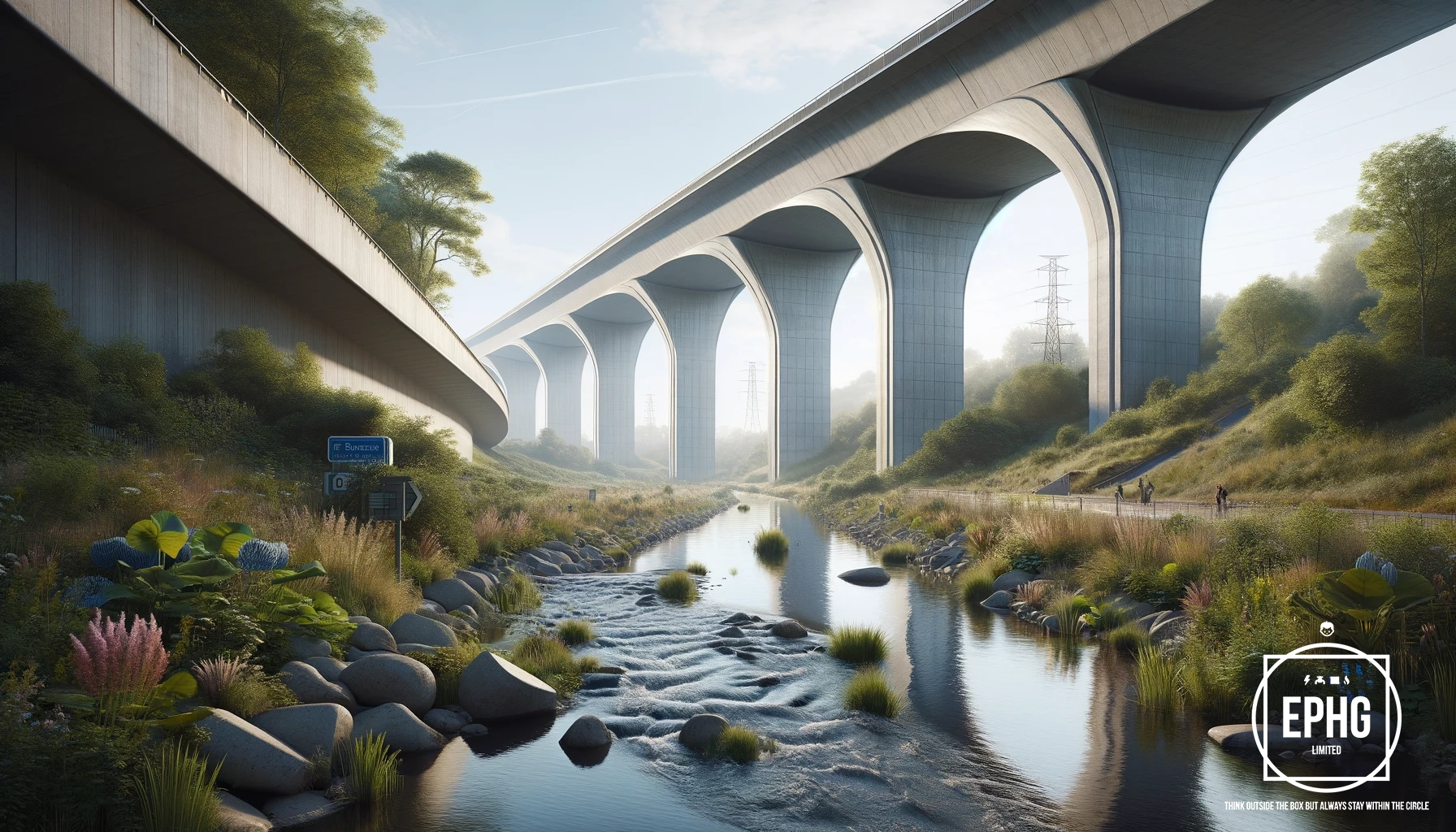
Regions within the WA Postcode
Warrington and Surrounding Areas
- WA1: Warrington town centre, Birchwood, Orford - Urban areas known for shopping, parks, and business districts.
- WA2: Orford, Longford, Dallam, Padgate - Residential areas with local amenities and community services.
- WA3: Golborne, Lowton, Birchwood, Rixton - A mix of suburban living and industrial estates with green spaces.
- WA4: Stockton Heath, Appleton, Grappenhall, Daresbury - Affluent areas with boutique shops, restaurants, and scenic walks.
- WA5: Westbrook, Burtonwood, Penketh, Great Sankey - Suburbs known for family living, shopping centers, and parks.
- WA6: Frodsham, Helsby - Market towns with historic charm, local businesses, and community activities.
- WA7: Runcorn, Halton - Industrial and residential areas with waterfronts and historical sites.
- WA8: Widnes, Cronton - Known for chemical industries, shopping areas, and green parks.
- WA9: St Helens, Clock Face, Sutton, Thatto Heath - Areas with a mix of residential neighborhoods and industrial history.
- WA10: St Helens town centre, West Park - Known for shopping, entertainment, and cultural venues.
- WA11: Rainford, Haydock, Moss Bank - Rural and suburban areas known for their green spaces and community feel.
- WA12: Newton-le-Willows, Earlestown - Historical towns with parks, local markets, and community events.
- WA13: Lymm, Warburton - Known for picturesque village settings, local shops, and historical sites.
- WA14: Altrincham, Bowdon, Broadheath - Affluent areas with high street shopping, dining, and leisure facilities.
- WA15: Hale, Hale Barns, Timperley, Ringway - Suburban areas known for their luxury homes, gardens, and community spirit.
- WA16: Knutsford, Mobberley, Ashley - Market town and surrounding villages known for their cultural heritage and rural beauty.
- WA55: Warrington - A non-geographic area primarily used for business addresses.
- WA88: Warrington - Another non-geographic area similar to WA55, often associated with large businesses or organizations.
